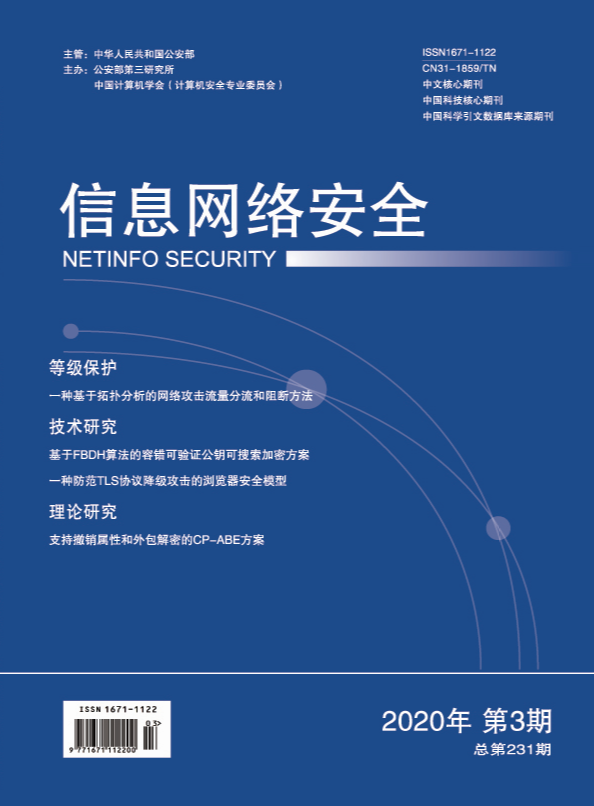More and more malware attacks on smart phones,the security of smart phones is one of the most important problems in mobile Internet. Smart phones are limited in computing power, power supply and other aspects, so it is difficult to run complex security software to ensure their own security, and the existing deployment methods on security devices, such as unified threat management (UTM), are not suitable for mobile Internet. This paper puts forward that taking mobile terminal security as a kind of customizable basic services of network, and designs token-based UTM architecture and its corresponding token-based UTM protocol (UTP). In this architecture, the security policy is no longer bound to the network location, but to the user ID, so that users can get on-demand and differentiated security services when they move anywhere. Performance analysis and experiments show that the architecture has good scalability and takes little change on the existing network. The communication cost on smart phones is small, the network traffic is more balanced, and the overall network throughput is improved.

